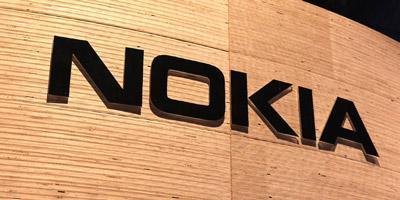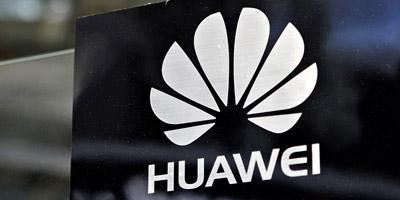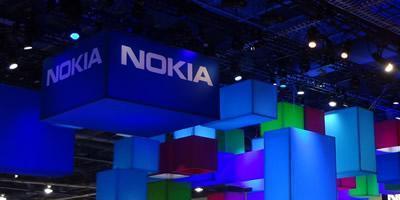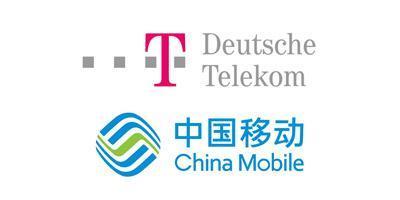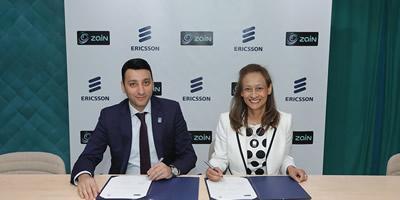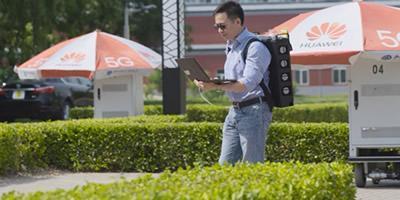Nokia is demonstrating the role high-performance 4G technology will play on the path to 5G to ensure continuity-of-service when 5G technology is deployed. At Mobile World Congress Shanghai, Nokia is showing its AirScale base station working with 4.9G technology to reduce network latency to less than two milliseconds, bringing performance closer to the latency levels 5G is expected to deliver.

Telecom Vendors
PCCW Global and ATM Mobilis collaborate to provide digital, network and software solutions with immense benefits for the region
PCCW Global has collaborated with ATM Mobilis, a leading Algerian mobile telecommunications company and subsidiary of Algeria Telecom, whereby ATM Mobilis will be able to provide customers with access to PCCW Global's international connectivity as well as a portfolio of robust managed network solutions, managed security solutions and Unified Communications-as-a-Service (UCaaS) offerings.
Huawei and IDC jointly issue Cloud Enterprise Communications White Paper
Ahead of the upcoming Mobile World Congress Shanghai 2017, Huawei and International Data Corporation (IDC) have jointly issued their 'Cloud Enterprise Communications: Serving Digital Enterprises' white paper. The paper conveys the evolution trends of cloud enterprise communications, market space, application value, and other key information on the industry.
Nokia Bell Labs first to show the use of ultra-low latency 10G PON for mobile fronthaul
Nokia has announced a significant industry breakthrough in the effort to better support mobile fronthaul and latency sensitive services. In a world-first, Nokia Bell Labs showed it is now possible to use a commercial next generation PON (NG-PON) to transport ultra-low latency CPRI streams via a standard single fiber running between the Baseband Unit (BBU) and the Remote Radio Head (RRH). The proof-of concept demonstration was done in accordance with the latency budget requirements for the fronthaul of commercial radio equipment, showing that existing fiber networks can be used to cost-efficiently transport mobile traffic and help accelerate 5G.
DT and China’s big three launch NB-IoT
NB-IoT received a major boost with the launch of services in Germany and the Netherlands by Deutsche Telekom and all three Chinese operators switching on the low power wide area (LPWA) technology in the world's largest mobile market.
Ericsson extends Managed Services deal with Zain Iraq to 2021
Ericsson has been awarded an extension of its Managed Services contract with Zain Iraq until 2021, after successfully providing Managed Services for Networks, IT and value-added services to the operator since 2012.
Ericsson celebrates Vodafone UK pre-5G win
Vodafone UK has chosen Ericsson to evolve its 4G networks in southern England and also provide technology to help it prepare for 5G in the region.
Huawei Leads with Completion of China's Second-Phase 5G R&D Test
Huawei leads with the completion of China's second-phase 5G radio technology test in Huairou District, Beijing. This test procedure was organized by IMT-2020 (5G) Promotion Group. During the C-Band test, Huawei adopted 5G New Radio, Massive MIMO, and other technologies using the entire 200 MHz bandwidth to achieve over 6 Gbps of single-user downlink throughput and over 18 Gbps of cell peak rate. The world's first Huawei 5G test terminal was utilized for radio technology verification. This terminal enabled more than 100 channels of on demand 4K UHD video in a single 5G base station. The clarity and smooth playback in vehicle-mounted mobile scenarios helped to demonstrate a superior experience offered by 5G C-Band Enhanced Mobile Broadband (eMBB).
Lenovo launches largest data center portfolio in its history
At Lenovo's TRANSFORM event held in New York on June 20, the company unveiled an end-to-end data center portfolio that enables customers to harness the power of the "intelligence revolution" and create a strong technology foundation that supports transformative capabilities such as data analytics, high-performance computing, hybrid cloud, artificial intelligence and machine learning.
Nokia catalyzes the next chapter of the internet; innovations deliver massive performance and heightened security needed for cloud and machine era
Nokia unveiled the world's most powerful internet routing platforms that will ensure modern networks are faster, safer and dramatically more adaptable. Nokia FP4 silicon provides a generational performance boost over existing solutions while delivering improved network security and intelligence.


